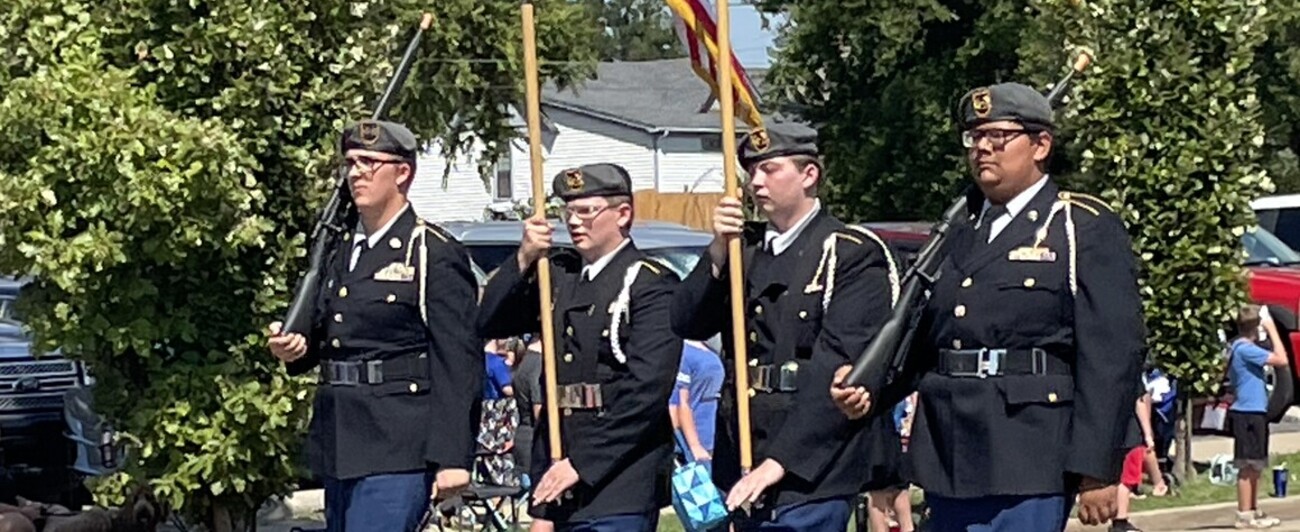Dress Code Changes
GHS has updated its Dress Code Policy. Please take a moment to review the new policy.
DRESS CODE AND APPEARANCE
The educational process includes preparing students to deal with rules and laws outside the school setting. By recognizing that appropriate dress is an issue which is addressed in the “real world” by workplace requirements or professional standards and expectations, students have an opportunity to learn that what is acceptable and appropriate in one situation is not acceptable in other situations. Clothing that may be fun or appropriate on the weekend may not be appropriate for school.
Standards of dress are provided so clothing does not distract from the educational process.
It is hoped that a minimum amount of time and effort is spent on enforcement; however, it is the responsibility of the student and parent to adhere to these guidelines.
APPEARANCE:
All students are required to wear shoes. House shoes, house slippers, cleated shoes, or wheeled shoes are not permissible in the school building.
Skirts, dresses, and shorts should be no shorter than the longest fingertip when held at sides. Leggings and other stretchy clothing are allowed but should be covered by an outer garment that reaches the longest fingertip when held at sides. The length of these items must be the appropriate length all the way around the body.
Headwear is not to be worn in the building. This includes, but is not limited to, hats, bandanas, earmuffs, and hair picks. The principal may make exceptions for spirit days or special activities.
Examples of inappropriate attire are, but are not limited to:
- Clothing that inappropriately exposes the body.
- Clothing that allows undergarments to be visible.
- Pants with holes/rips/tears above the longest fingertip point of the thigh.
- Clothing that exposes the midriff.
- Shirts not long enough to be tucked in or to drop two (2) inches below the waistline without tugging on or stretching the shirt.
- Sleeveless shirts, blouses, and dresses whose straps are not at least one dollar bill’s width.
- Sleeveless shirts, blouses, and dresses not fitted under the arm.
- Shirts not worn on both shoulders.
- Mesh jersey or fishnet type clothing unless a t-shirt or other appropriate lining is underneath.
- Pants below the waistline. Pants, sweats, skirts, or shorts rolled at the waist.
- Sunglasses (including when worn as headwear.)
- Bandanas.
- Gang related attire or paraphernalia.
- Clothing, badges, jewelry, or other items advertising drugs, alcohol, tobacco products or practices. Clothing, badges, jewelry, or other items reflecting messages of a suggestive, immoral, derogatory, hateful, or vulgar nature.
- Apparel identifying a student as “security,” “staff,” “police,” or comparable position.
- Onesie Pajamas.
- Blankets used as coats.
- Chains or “spikes” on clothing, attached to wallets, or worn as a necklace or bracelet.
- Clothing not worn in accordance with the design (such as both straps being worn on overalls, or legs on pants being worn at their full length.)
- Clothing that is excessively baggy or long, including trench coats.
Any clothing that disrupts the learning atmosphere of the school is prohibited. Clothing with possible implied meanings, intended or not, may be offensive and will fall under this policy.
POLICY:
When a student has worn inappropriate clothing to school, the parent(s) of the student will be contacted.
The student will be sent home to change clothing, or parents may be requested to bring appropriate clothing to school.
If parent(s) are unavailable, the student will be assigned to in-school supervision.
Time missed in procuring appropriate clothing will count as an unexcused tardy or absence in accordance with the attendance policy.







